
Filter News
Area of Research
- Advanced Manufacturing (6)
- Biology and Environment (31)
- Building Technologies (1)
- Computational Biology (1)
- Computational Engineering (3)
- Computer Science (14)
- Electricity and Smart Grid (1)
- Energy Frontier Research Centers (1)
- Energy Science (82)
- Fusion and Fission (7)
- Fusion Energy (4)
- Isotope Development and Production (1)
- Isotopes (6)
- Materials (102)
- Materials Characterization (1)
- Materials for Computing (14)
- Materials Under Extremes (1)
- Mathematics (1)
- National Security (23)
- Neutron Science (74)
- Nuclear Science and Technology (7)
- Quantum information Science (4)
- Sensors and Controls (2)
- Supercomputing (74)
- Transportation Systems (1)
News Type
News Topics
- (-) Artificial Intelligence (60)
- (-) Biomedical (41)
- (-) Computer Science (119)
- (-) Grid (45)
- (-) Materials Science (105)
- (-) Nanotechnology (47)
- (-) Neutron Science (91)
- (-) Quantum Computing (19)
- (-) Security (20)
- 3-D Printing/Advanced Manufacturing (95)
- Advanced Reactors (27)
- Big Data (37)
- Bioenergy (65)
- Biology (74)
- Biotechnology (21)
- Buildings (46)
- Chemical Sciences (57)
- Clean Water (23)
- Composites (26)
- Coronavirus (34)
- Critical Materials (25)
- Cybersecurity (26)
- Education (3)
- Element Discovery (1)
- Emergency (1)
- Energy Storage (88)
- Environment (126)
- Exascale Computing (17)
- Fossil Energy (2)
- Frontier (20)
- Fusion (35)
- High-Performance Computing (55)
- Hydropower (8)
- Irradiation (2)
- Isotopes (38)
- ITER (6)
- Machine Learning (37)
- Materials (105)
- Mathematics (8)
- Mercury (9)
- Microelectronics (1)
- Microscopy (39)
- Molten Salt (8)
- National Security (38)
- Nuclear Energy (63)
- Partnerships (35)
- Physics (46)
- Polymers (28)
- Quantum Science (47)
- Simulation (27)
- Space Exploration (13)
- Statistics (2)
- Summit (32)
- Transportation (74)
Media Contacts
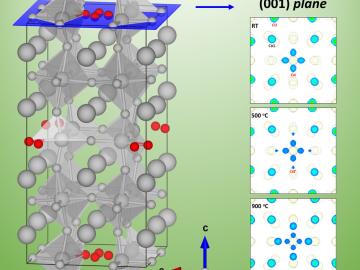
A University of South Carolina research team is investigating the oxygen reduction performance of energy conversion materials called perovskites by using neutron diffraction at Oak Ridge National Laboratory’s Spallation Neutron Source.
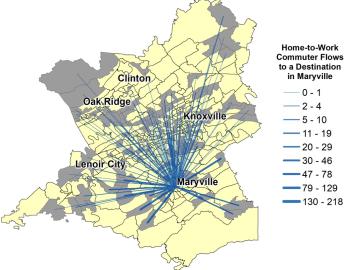
Oak Ridge National Laboratory geospatial scientists who study the movement of people are using advanced machine learning methods to better predict home-to-work commuting patterns.
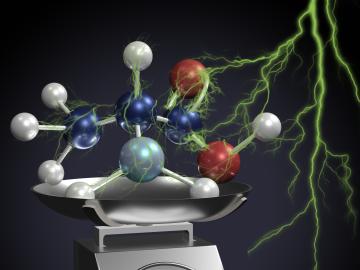
OAK RIDGE, Tenn., Jan. 31, 2019—A new electron microscopy technique that detects the subtle changes in the weight of proteins at the nanoscale—while keeping the sample intact—could open a new pathway for deeper, more comprehensive studies of the basic building blocks of life.
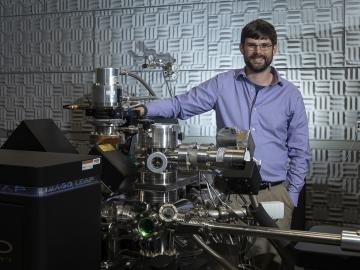
Jon Poplawsky, a materials scientist at the Department of Energy’s Oak Ridge National Laboratory, develops and links advanced characterization techniques that improve our ability to see and understand atomic-scale features of diverse materials

Scientists at Oak Ridge National Laboratory and Hypres, a digital superconductor company, have tested a novel cryogenic, or low-temperature, memory cell circuit design that may boost memory storage while using less energy in future exascale and quantum computing applications.
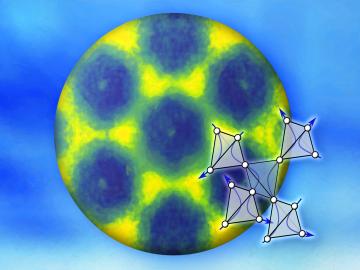
Researchers used neutron scattering at Oak Ridge National Laboratory’s Spallation Neutron Source to investigate bizarre magnetic behavior, believed to be a possible quantum spin liquid rarely found in a three-dimensional material. QSLs are exotic states of matter where magnetism continues to fluctuate at low temperatures instead of “freezing” into aligned north and south poles as with traditional magnets.

The Department of Energy’s Oak Ridge National Laboratory is collaborating with industry on six new projects focused on advancing commercial nuclear energy technologies that offer potential improvements to current nuclear reactors and move new reactor designs closer to deployment.

A team of scientists has for the first time measured the elusive weak interaction between protons and neutrons in the nucleus of an atom. They had chosen the simplest nucleus consisting of one neutron and one proton for the study.
![2018-P07635 BL-6 user - Univ of Guelph-6004R_sm[2].jpg 2018-P07635 BL-6 user - Univ of Guelph-6004R_sm[2].jpg](/sites/default/files/styles/list_page_thumbnail/public/2018-P07635%20BL-6%20user%20-%20Univ%20of%20Guelph-6004R_sm%5B2%5D.jpg?itok=hUSyvkP0)
A team of scientists, led by University of Guelph professor John Dutcher, are using neutrons at ORNL’s Spallation Neutron Source to unlock the secrets of natural nanoparticles that could be used to improve medicines.

Scientists from Oak Ridge National Laboratory performed a corrosion test in a neutron radiation field to support the continued development of molten salt reactors.


